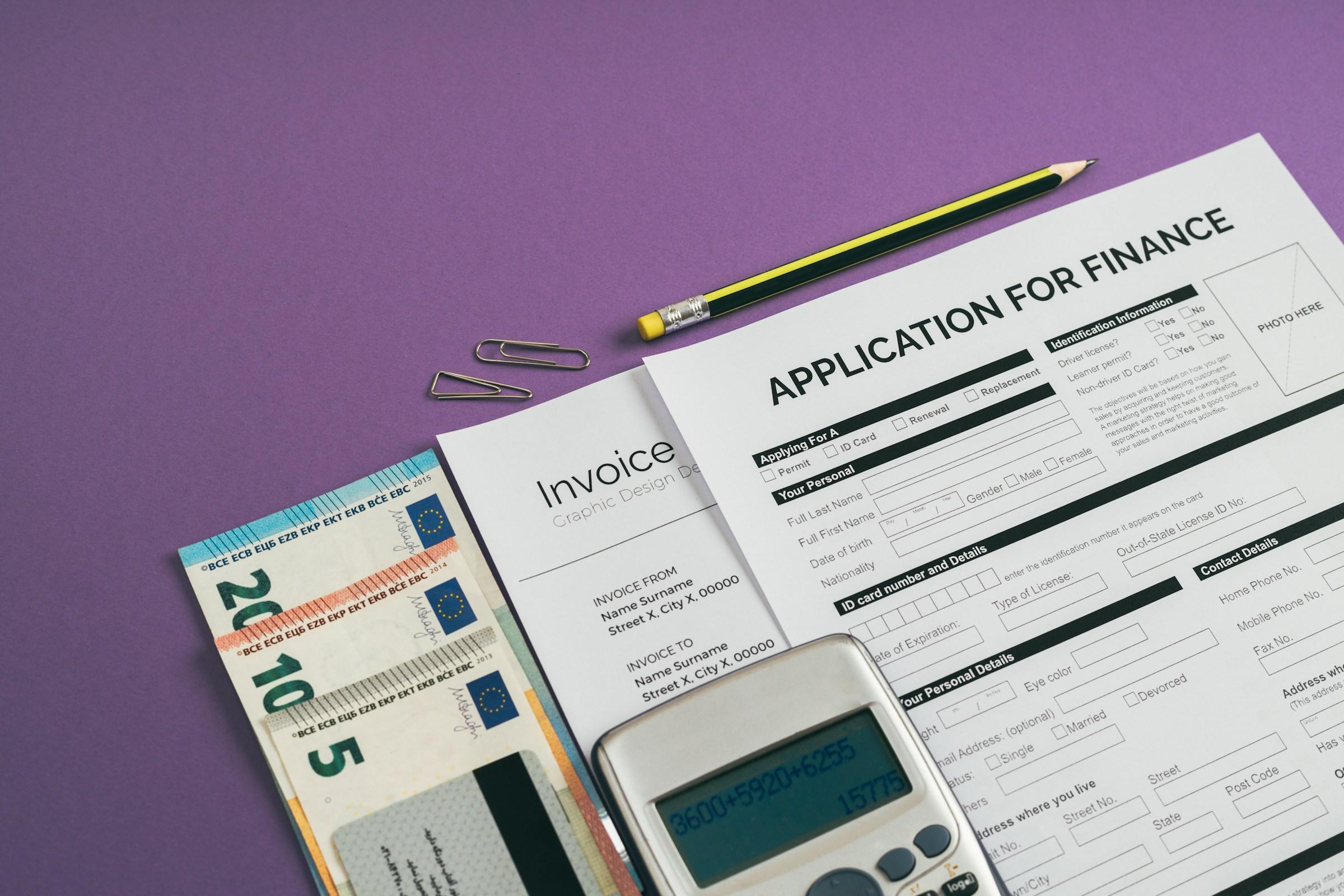If you ask ten drivers why they lease, most will say predictability. A single fee covers the car, road tax, and maintenance. The numbers feel clean. Yet when you look at how leasing contracts are priced in a market like Singapore, the convenience that feels like a feature often doubles as the cost centre. The biggest downside to leasing a car is that you give up control over both value and timing. You pay for convenience across a fixed term without building equity, while taking on restrictions and penalties that matter precisely when your circumstances change.
Leasing is designed to be simple at the front and specific at the back. At the front you see a monthly price and a model class. At the back sit the terms that determine your total cost. Mileage caps, early termination charges, condition standards at handover, insurance excess, and usage limits shape the outcome as much as the headline price. In a country where certificates of entitlement amplify the underlying cost of car access, those contract mechanics carry even more weight because the lessor, not the driver, captures the residual value and depreciation logic. That means the economics of the vehicle are optimised for the company’s balance sheet rather than your household plan.
To understand why the tradeoff bites, consider what you forgo with leasing. You do not build an asset position that you can sell or retain beyond the term. You are buying the right to use an asset, not the asset itself, and in a high-depreciation environment the party that controls the residual value controls the economics. The lessor sets assumptions about how the vehicle will be used and priced in the future. If the car retains value better than expected, the upside is theirs. If the market weakens, the contract protects them through mileage rules, return conditions, and penalties for early exit. In other words, you absorb the rigidity while they preserve the optionality.
The rigidity shows up in ordinary life. Suppose your work changes and you no longer need a car daily. With ownership you could sell, shift to a smaller vehicle, or accept a temporary cost while you arrange a sale. With leasing you face a defined term, and exiting early often means paying a substantial fee or the remaining months. The contract that once felt supportive now becomes a fixed obligation. For families planning for children or caregivers supporting elderly parents, life can adjust in ways a twelve to thirty-six month agreement does not. The convenience that smoothed your first month can constrain your twelfth.
Mileage caps are another lever that shapes the real cost. A contract might look affordable because it assumes relatively modest annual distance. If your routines stretch beyond that, excess mileage charges add up quickly. The psychology is subtle. Drivers intend to stay within the cap but life has peaks, from school holiday road trips to new commuting patterns. The lessor prices the base payment to the average, then charges the difference when your usage exceeds it. This is not punitive. It is simply how the model protects residual values. Still, from a household budgeting perspective it introduces uncertainty into what was supposed to feel predictable.
Condition standards at return also influence the final bill. Leasing companies define acceptable wear and tear. Anything beyond that can be charged, from tire tread depth and windscreen chips to interior scuffs. These rules keep fleets safe and resaleable, which is reasonable. The policy tradeoff is that drivers who expected a clean handover discover that normal city driving inevitably creates minor blemishes. If you plan to use the car for family life, pets, or bulky errands, the gap between normal use and chargeable condition is worth thinking about. These are small items individually but they accumulate at the worst possible moment, which is when you are parting with the car and have less leverage over timing.
Insurance is often folded into the lease, which feels efficient until you compare the coverage and the excess. Group policies can include restrictions on the named drivers, minimum age rules, and higher excesses for younger or newer drivers. If you add a spouse, a helper, or a new driver in the household, you may face additional fees or find that the excess at claim time is materially higher than what you would have selected if you had arranged your own policy. This is the price of standardisation. The policy is not tailored to your risk profile. It is tailored to the fleet’s needs. Over a multi-year horizon that difference can matter.
Maintenance is another line that sounds like relief. The car is under warranty, servicing is scheduled, and breakdowns are handled. Yet servicing convenience can come with rules about where and when you can repair. If you have a preferred workshop or want a faster fix during a peak week, you may be tied to the partner network. Moreover, add-on items such as replacements beyond routine wear can fall outside the included maintenance, which means the feeling of an all-in fee may not hold for the entire term. The clarity you sought becomes conditional clarity. For some drivers that is acceptable. For others who want more direct control it is a source of friction.
Tax and fee treatment matters as well. Monthly payments typically include GST on the service component, and in a system where vehicle taxes and fees are embedded into the lessor’s cost base, you are paying a markup on a markup. When you own the car outright, you can decide how to manage the timing of road tax, insurance, and optional coverage. When you lease, the lessor integrates these costs, adds financing and administrative overheads, and prices the product accordingly. The transparency is improving across the market, but the structure still means you are paying for coordination that may or may not align with your preferences.
The question of value becomes more pointed when you compare leasing to buying a well-priced used car. A second-hand vehicle with a shorter remaining entitlement period can be less expensive to run month to month if you are disciplined about maintenance and you plan to keep it only as long as your life requires. You accept resale risk and the hassle of disposal at the end, but you retain the ability to sell if your needs change. That flexibility is a financial asset in itself. Leasing removes the resale hassle by design, but it does so by charging you for a structure that prioritises corporate certainty over household flexibility.
There is also a behavioural side to the downside. Leasing flattens the feeling of cost, which encourages drivers to lease higher trim levels than they would buy. The difference between a basic and premium model feels smaller when translated into a monthly line item. Over a multi-year lease that step up compounds. In a household budget this can add pressure on savings, insurance protection, or retirement contributions. The tradeoff is not only financial. It shows up in deferred goals. If you are working toward a down payment, a course, or a caregiving cushion, a higher monthly lease can slow that progress.
For younger professionals or those new to Singapore, leasing can appear to solve the uncertainty of car ownership in a complex market. It simplifies a system that includes entitlement certificates, road pricing, and strict compliance. That is a fair reading. The policy lens, however, suggests that simplification is never free. The lessor holds the asset and thus captures scale economics, financing, and residual control. The user pays a premium for access and certainty. If you value optionality, the design feels inverted. The very moments when you would want choice are the moments when the contract reduces it.
Even for businesses the calculus is mixed. Leasing produces clean operating expenses, which can be attractive for cashflow planning. It may also support fleet management, driver rotation, and compliance. Yet businesses face the same restrictions. Contractual mileage, damage standards, and early termination rules still apply. If your company’s demand is volatile or project based, those constraints can clash with reality. Ownership of a small, carefully chosen fleet or a hybrid model that mixes short-term rentals with targeted ownership can sometimes align better with how work actually moves through a calendar year.
This does not mean leasing is a poor choice across the board. It fits drivers who prize time and predictability over asset control, whose mileage is stable, and whose life stage is unlikely to shift within the term. It can be suitable for expatriates on fixed assignments who want to avoid resale exposure. It can also work for families who value having maintenance and breakdown support handled without coordination effort. The point is not that leasing is wrong. The point is that its true cost lies in the combination of fixed obligation and surrendered upside. That is the biggest downside, and it is structural rather than incidental.
If you are evaluating a lease, frame the decision with three practical questions. First, how likely is it that your mileage, commute pattern, or family routine will change within the term. If the answer is more than moderately likely, the early termination and excess mileage provisions are not background details. They are central to the price. Second, do you expect to extract value from ownership either through careful maintenance and resale or through the ability to hold the vehicle slightly longer than average. If yes, a purchase, even of an older model, puts you in control of timing, which is where much of the value lives in this market. Third, how does the monthly payment interact with your savings and protection plan. If the lease crowds out retirement contributions, emergency savings, or adequate insurance cover, convenience today is creating fragility elsewhere in your finances.
A final consideration sits outside the spreadsheet. Cars are emotional purchases. Leasing’s smoothness is appealing because it reduces friction and gives a sense of progress. Pick a model, sign, drive. In a dense city where time is scarce, that matters. The question is whether the feeling of ease aligns with your actual goals. If your aim is to keep options open, the fixed nature of a lease works against you. If your aim is to eliminate hassle for a defined season and you are confident about stability in that season, the trade looks different. The same product solves two different problems depending on intent. Without clarity on intent, the default effect is that you pay more for less control and only notice when your situation evolves.
In Singapore, where the underlying cost of car access is already high, the structure of leasing magnifies the tradeoff. Predictable fees are valuable, but they are not the same as good value. The residual and the restrictions belong to the lessor, while the obligation belongs to you. That asymmetry is not a hidden flaw. It is the design. If you choose it knowingly because it matches your life, the outcome can be satisfactory. If you drift into it because the monthly figure looks neat, the friction arrives later and costs more than you expect.
So what should you take away. The biggest downside to leasing a car is not a single line item like mileage or wear charges. It is the bundle of surrendered control that turns uncertainty into someone else’s upside and your fixed commitment. In a system shaped by entitlement rules and high base costs, that bundle matters more than it does in other markets. Decide with your timeline and tolerance for rigidity in mind. If you need flexibility or you value capturing some of the residual value yourself, buying an appropriate used vehicle or combining occasional rentals with public transport may align better with your financial plan. If you need convenience above all else for a defined period and your usage fits within the contract’s corridors, leasing can be a serviceable choice. The difference lies in intent and awareness, and that is where the decision becomes clear.








-1.jpg&w=3840&q=75)



.jpg&w=3840&q=75)


-1.jpg&w=3840&q=75)